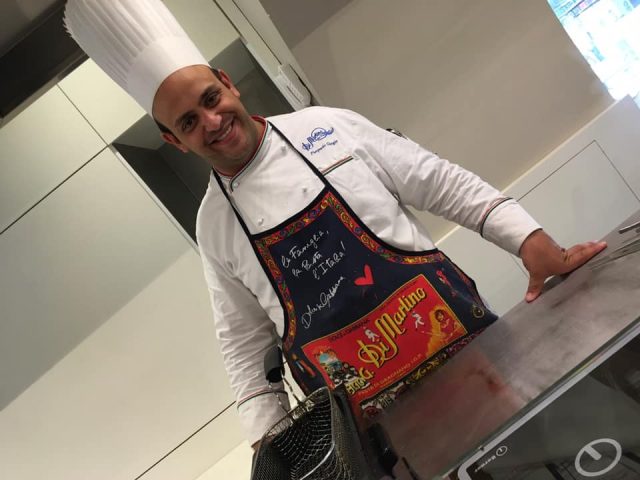15 wines for 15 years with Vulcania at ViniMilo
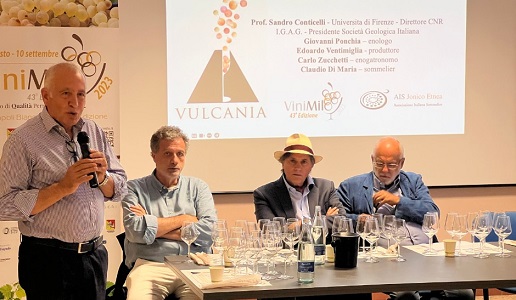
Usual appointment with volcanic wines from all over Italy, with a conference and tasting to recount the first fifteen years of the Volcanic Wines network.
The idea came from afar, precisely 15 years ago, and it could only start with a volcanic character like Aldo Lorenzoni, at that time director of the Consorzio Tutela Vini Soave. At the time, no one had yet thought of accumulating wines from volcanic soils, and yet in Italy we are very rich in territories of volcanic origin. With Soave as the leader, a format of tastings preceded by conferences with the involvement of personalities from the scientific world was initiated. Soave was joined by Lessini Durello, Colli Euganei, Gambellara, as far as the Veneto is concerned, and then Pitigliano in Tuscany, Tuscia - transversal between Lazio and Umbria - then Campi Flegrei, Vesuvius and occasionally Ischia in Campania and then again the Castelli Romani, Vulture and, of course, Etna and the Aeolian Islands.
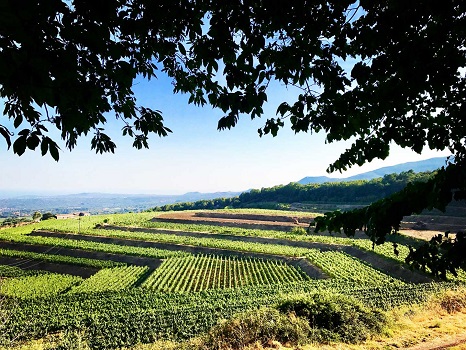
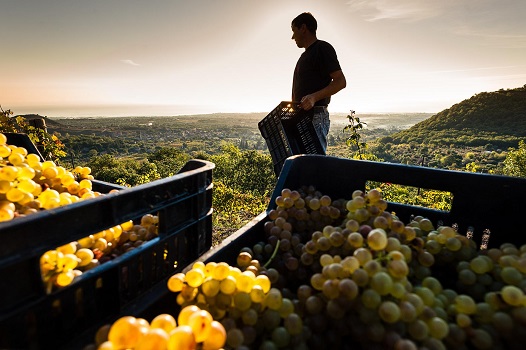
Some confusion has been created with the names: first Vulcania, which disappeared for a few years and is now back, then Volcanic Wines now Volcanic Wines, but in any case "the value of Volcanic Wines, of which the Soave Consortium is the leader, is given by its longevity and ability to renew itself and continue to grow," Lorenzoni said. "Since 2009, when the format was conceived, new territories have been added that help bring sap and make it a format capable of uniting all of Italy, from North to South including islands, under the immediate and evocative sign of the volcano."
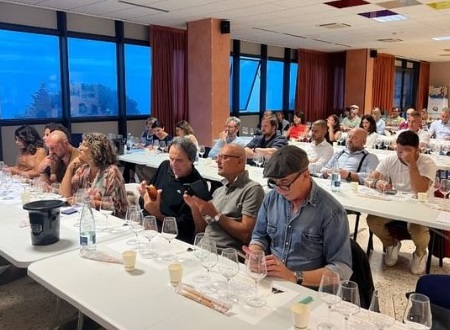 For 10 years now, one of the association's main stops has been in Milo, on Mount Etna, where the oldest Sicilian wine-related event takes place. In fact, now in its 43rd edition, ViniMilo has proven its ability to renew itself, always keeping up with the times. "For the Italian wine system," stresses Alfio Cosentino, mayor of Milo, "thanks to the Volcanic Wines network, there is the possibility to overcome the barriers related to individual territories and thus give a unique image of wines that are often little known and native grape varieties, telling many stories of people and companies that are truly new.
For 10 years now, one of the association's main stops has been in Milo, on Mount Etna, where the oldest Sicilian wine-related event takes place. In fact, now in its 43rd edition, ViniMilo has proven its ability to renew itself, always keeping up with the times. "For the Italian wine system," stresses Alfio Cosentino, mayor of Milo, "thanks to the Volcanic Wines network, there is the possibility to overcome the barriers related to individual territories and thus give a unique image of wines that are often little known and native grape varieties, telling many stories of people and companies that are truly new.
Volcanic soils are extremely rich in minerals and trace elements combined with each other in ever different ways, so while they are united by geology they are, however, different from each other, giving rise to a plethora of different wines. Potassium, phosphorus, sulfur, calcium, sodium, magnesium, iron, manganese, copper, and zinc enrich the soils unevenly, but the resulting wines show complexity, salinity, and predisposition to longevity as common traits.
The tasting held at saw 14 wines (the fifteenth did not arrive in time), one for each vintage of the project except 2011, and was preceded by the usual conference in which geologist-volcanologist Professor Sandro Conticelli (University of Florence, Director CNR I.G.A.G., President Italian Geological Society) gave the most interesting contribution, explaining the geological evolution of the Mediterranean, with the types of eruptions (lava or pyroclastic), and recalling how today in Italy we have 58 volcanic apparatuses of which 25 are active.
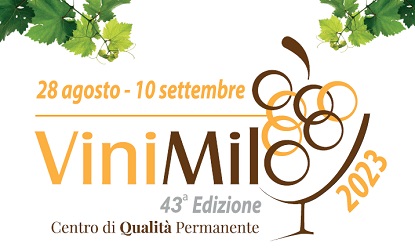 Coming to the tasting, as always happens, some wines impressed me more than others. Impact debut with the first "house" tasting: the Etna Bianco Superiore Contrada Volpara 2022 Maugeri, produced at 700 meters on the east side of the volcano, 100% Carricante. It has floral aromas of elderflower and fruity white peach, in the mouth it is well structured but fresh and taut. Equally interesting is the Trentino Riesling Renano 2020 Alfio Nicolodi, at geographical antipodes, from the Cembra Valley, mostly from porphyritic soils. The olfactory notes are hydrocarbon but also floral and herbaceous, the mouth saline and spicy with a grapefruit finish. Moving not many kilometers, to Veneto, on the ancient volcano of Monte Crocetta, with basaltic rocks and tuffs, we find Gambellara Monte di Mezzo 2019 Tenuta Natalina Grandi, 100% Garganega. Wild flowers, hawthorn, almost hydrocarbon-like iodine puffs. Balanced, elegant, agile and extremely saline sip.
Coming to the tasting, as always happens, some wines impressed me more than others. Impact debut with the first "house" tasting: the Etna Bianco Superiore Contrada Volpara 2022 Maugeri, produced at 700 meters on the east side of the volcano, 100% Carricante. It has floral aromas of elderflower and fruity white peach, in the mouth it is well structured but fresh and taut. Equally interesting is the Trentino Riesling Renano 2020 Alfio Nicolodi, at geographical antipodes, from the Cembra Valley, mostly from porphyritic soils. The olfactory notes are hydrocarbon but also floral and herbaceous, the mouth saline and spicy with a grapefruit finish. Moving not many kilometers, to Veneto, on the ancient volcano of Monte Crocetta, with basaltic rocks and tuffs, we find Gambellara Monte di Mezzo 2019 Tenuta Natalina Grandi, 100% Garganega. Wild flowers, hawthorn, almost hydrocarbon-like iodine puffs. Balanced, elegant, agile and extremely saline sip.
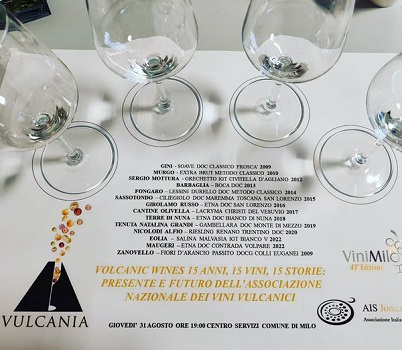 A jump south and we land on another great volcano, Vesuvius. Here is the Lacryma Chrysti del Vesuvio Lacrimabianco 2017 Cantina Olivella, 80% Caprettone and 20% Catalanesca. Golden, intense, broad, with fruity tones of winter melon and floral tones of broom. In the mouth it is full and round, saline and toned. Another vintage leap to find the Maremma Toscana Ciliegiolo San Lorenzo 2015 Sassotondo, one of the best wines of the tasting, which was born on the volcanic outcrops of the Bolsena basin, toward Pitigliano, on tuff. Austere and elegant nose with scents of cherry, violet, Mediterranean scrub. Fruity and mouthwatering sip, still youthful, of fine tannic texture and long finish of cherry and graphite. Back to Veneto for the Lessini Durello Metodo Classico 2014 Fongaro sparkling wine, from the ancient Durella variety grown in the high hills in 70-80 year old vineyards. A golden sparkling wine with characteristic smoky notes, exotic fruit, hints of fresh pastries and a very slight hint of honey. Really inviting mouthfeel, with a fine, creamy bubble, fresh sip and fair body.
A jump south and we land on another great volcano, Vesuvius. Here is the Lacryma Chrysti del Vesuvio Lacrimabianco 2017 Cantina Olivella, 80% Caprettone and 20% Catalanesca. Golden, intense, broad, with fruity tones of winter melon and floral tones of broom. In the mouth it is full and round, saline and toned. Another vintage leap to find the Maremma Toscana Ciliegiolo San Lorenzo 2015 Sassotondo, one of the best wines of the tasting, which was born on the volcanic outcrops of the Bolsena basin, toward Pitigliano, on tuff. Austere and elegant nose with scents of cherry, violet, Mediterranean scrub. Fruity and mouthwatering sip, still youthful, of fine tannic texture and long finish of cherry and graphite. Back to Veneto for the Lessini Durello Metodo Classico 2014 Fongaro sparkling wine, from the ancient Durella variety grown in the high hills in 70-80 year old vineyards. A golden sparkling wine with characteristic smoky notes, exotic fruit, hints of fresh pastries and a very slight hint of honey. Really inviting mouthfeel, with a fine, creamy bubble, fresh sip and fair body.
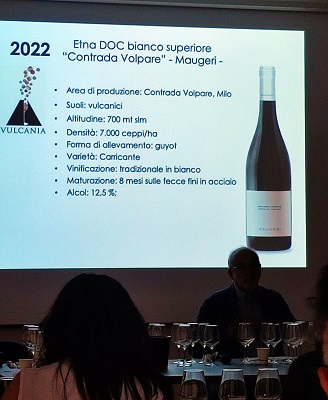
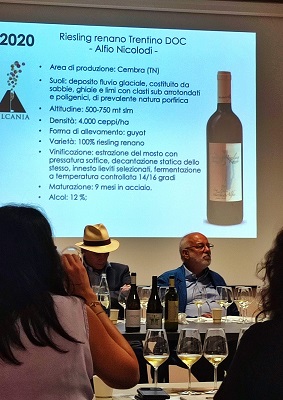
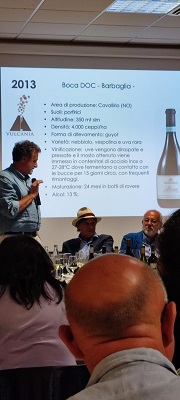
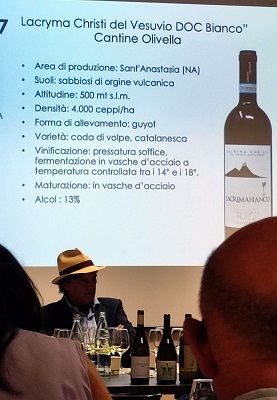

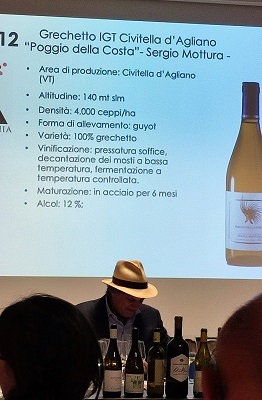
Beautiful surprise the 2013 Boca Barbaglia, from Nebbiolo, Vespolina and Uva Rara in Val Sesia, at the outlet of the old glacial, morainic valley, on the porphyritic bottom of pyroclastic rocks. Perfect tightness of this Piedmont red, with aromas of underbrush, pot pourri, but also fruity notes. Mouth fresh, powerful and flavorful, with tamed tannins and a very pleasant return of black cherry and alpine herbs. We close with two whites, the Grechetto di Civitella di Agliano 2012 Sergio Mottura and the Soave Classico Froscà 2009 Gini. The first from Latium Tuscia, quiescent volcanoes, 100% Grechetto. Fresh and intriguing nose with notes of Mediterranean scrub, wild asparagus, truffle hints that make it complex. Mouth fresh and saline, with structure and roundness. The second a 100% Garganega from black tuff volcanic soils. Aromas of flint, custard, hazelnuts and fresh, saline flavor taut and balanced. Two whites that showed remarkable longevity.
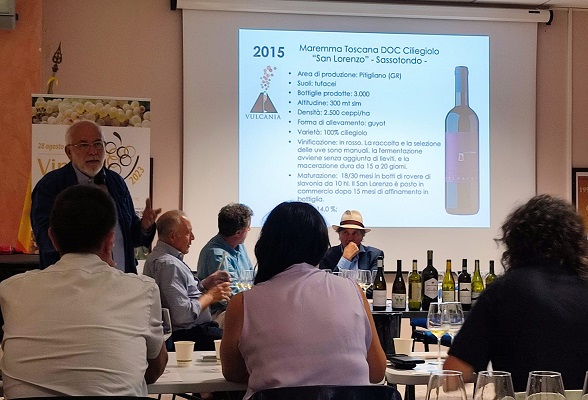
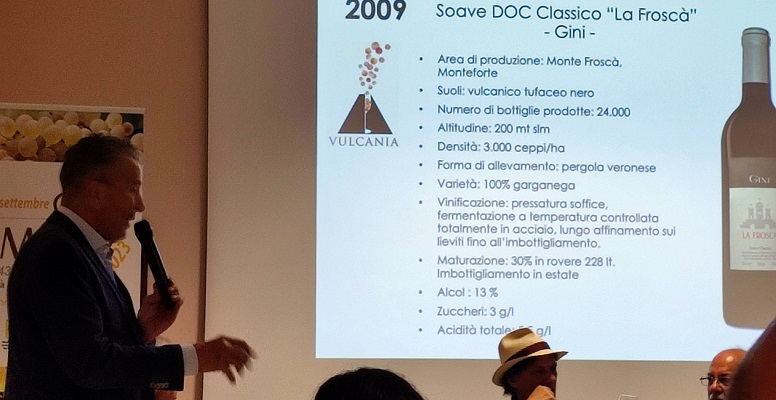
The wine that closed the tasting was also a 2009, a tribute to Franco Zanovello who passed away in 2019: Colli Euganei Fiore d'Arancio Passito 2009 Ca' Lustra. Full amber in color, still very floral on the nose, with notes of orange blossom, candied orange and dehydrated plums. Sweet, honeyed but fresh mouthfeel, with a long salted caramel finish.
For the sake of the record, these were the wines offered (as mentioned, due to a mix-up, the year 2011 was skipped), each wine was preceded by an account of its terroir and producer by a local or company representative:
- Maugeri, Etna Bianco Superiore Contrada Volpara 2022
- Eolia, Salina Malvasia Bianco V 2021
- Alfio Nicolodi, Trentino Riesling Renano 2020
- Tenuta Natalina Grandi, Gambellara Monte di Mezzo 2019
- Terre di Nuna, Etna Bianco di Nuna 2018
- Cantina Olivella, Lacryma Christi del Vesuvio Bianco 2017
- Girolamo Russo, Etna Rosso San Lorenzo 2016
- Sassotondo, Maremma Toscana Ciliegiolo San Lorenzo 2015
- Fongaro, Lessini Durello Metodo Classico 2014
- Barbaglia, Boca 2013
- Sergio Mottura, Civitella d’Agliano Grechetto Poggio della Costa 2012
- Murgo, Extra Brut Metodo Classico 2010
- Gini, Soave Classico Froscà 2009
- Ca’ Lustra Zanovello, Colli Euganei Fior d’Arancio Passito 2009

 Italiano
Italiano








